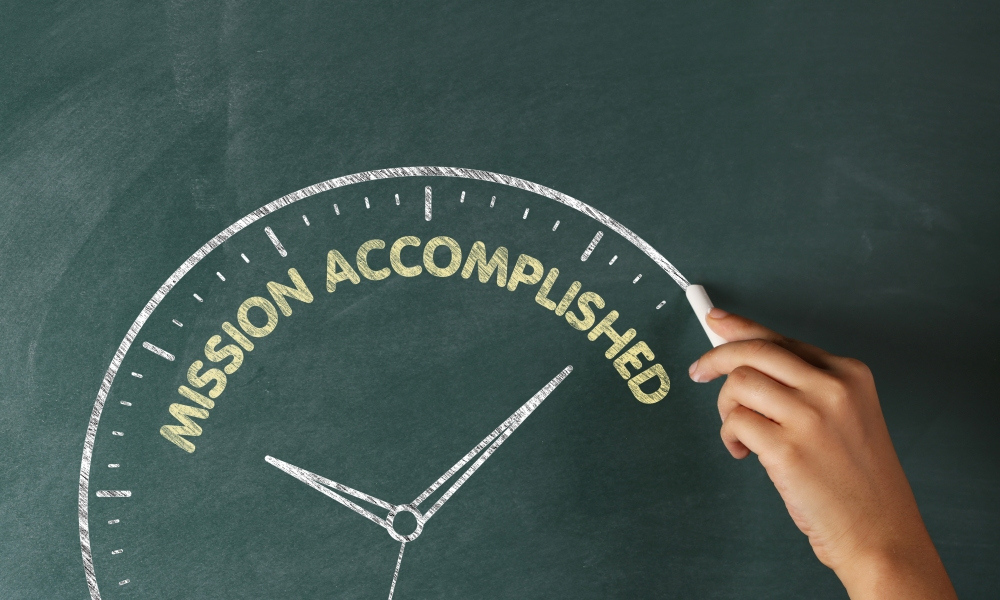What does a Highly Accomplished teacher look like? And, what do you need to do to become one? These were two of the questions posed by New South Wales educator Anne Gripton before she embarked on her journey to become certified Highly Accomplished.
That was eight years ago, making Gripton one of the first educators in Australia to undertake this certification journey.
The Australian Institute for Teaching and School Leadership (AITSL) explains national certification is a voluntary process that allows teachers to critically reflect on their own practice and the impact they have on their students and colleagues. Teachers applying for certification are required to use the Highly Accomplished stages of the Australian Professional Standards for Teachers.
To become certified, teachers are required to contact a certifying authority, as this authority in each participating state and territory is responsible for implementation of the certification process and all applications.
Getting started
Gripton is the first to admit that going for Highly Accomplished certification was not something that she originally intended to do. But, having worked as a teacher for the past 20 or so years, the Innovative Learning Coordinator at St Pius X College in Sydney was encouraged by a colleague to give it some thought, and decided that it was perhaps worth a shot.
‘First of all I did the pre-application tool which is available through the certification authorities and through AITSL to see what the response was, and to see where the gaps were, which would let me know if this was a pipe dream or if it was actually achievable,' Gripton tells Teacher.
Having only just completed her master's degree, she was ready to take on a new challenge. It was this advice from a colleague – the Director of Professional Learning at her previous school – that really inspired her to begin the process formally. ‘She basically showed me that this is the way that teaching was going and I thought, “well I'd rather be an early adopter and try it and be able to have some insight into the process rather than lag behind” so to speak,' Gripton says.
The process of becoming Highly Accomplished
According to Gripton, the three-year process of becoming Highly Accomplished was difficult at times. ‘Apart from pre-service teachers, I hadn't really had that many colleagues in my classroom, and now it was a revolving door of observations and feedback. Having standards to identify helped clarify the conversations, but part of the problem, too, was that my observers were also only used to dealing with pre-service teachers so their feedback at times was … a little brutal.
‘I think because you've had pre-service teachers in your classroom, you're in a position of authority to say, “yes that's what we do here”. When the other teachers came into your room, it wasn't just to get a vibe, it was to actually look for specific descriptors and specific standards to see if you were actually meeting those.'
After receiving the feedback, Gripton referred back to the Evidence Guide to identify her areas of weakness, and plan how to better meet those shortfalls. She also created referee packs with examples of her practice so the comments from the observers were as on point as possible.
‘You really needed to think about your teaching practice to make sure what you were doing was actually what the standards were about. And making sure the person observing you was really clear that they understood what the standards were about so you had that common understanding. That's very different to just wandering in and saying, “oh that looks like fun”. It was very specific in that sense.'
The second year of this process involved gathering a lot of evidence, talking to referees and getting referees to write statements. The third year saw Gripton writing annotations, doing observations and polishing everything off.
Gripton started the process eight years ago, so she actually went through her first cycle of maintenance in 2017. Given this, she's found herself acting as an ‘interpreter' to a lot of colleagues who struggled to understand the standards or what they mean in practice. ‘Certification is different in each of the states but in New South Wales, if you want to maintain it you have to renew it every five years,' Gripton explains. ‘You have to write a reflective report saying how you've met the standards over the five years and what you've been doing to improve your practice.
‘And you have to do 100 hours of professional learning and make sure it's logged on the NESA website, but I ended up doing 487 hours! People think “Oh my god 100 hours, that's crazy!” But it's amazing how much you do without even thinking.'
‘The most valuable professional learning I've done'
According to Gripton, the process of becoming Highly Accomplished can be intimidating, but as you make your way through your evidence and as you talk with colleagues, light does appear at the end of the tunnel.
‘Looking back, I have no hesitation in saying it was the most valuable professional learning I have done. It was a luxury to be able to spend that kind of time reflecting on my practice. It was certainly interesting in comparing myself with the standards to see if I did indeed measure up.
‘I feel more confident as a teacher, not because I have a piece of paper telling me I'm Highly Accomplished, but because now I feel I have a toolkit to support me in reflecting on and developing my practice and helping others with theirs.'
The process has also opened up many opportunities for the educator, including mentoring other teachers and planning the professional learning in her school. ‘I am now a much better colleague, mentor and coach because the process allowed me to develop a wealth of insights into the craft of teaching and the people who undertake it. I have a framework for supporting other educators, and for having more targeted and fulfilling professional conversations.'
She says one of the biggest challenges of the entire process was finding the time to do all of the work required. Also, understanding the standards and what they look like in practice proved to be a challenge, but this is something Gripton thinks has become easier for teachers looking to undertake the process now given the resources that have been made available.
Advice for others looking to become Highly Accomplished
Drawing on her experience, Gripton has some advice for others who'd like to get started with the certification process. ‘Do the pre-application tool – AITSL has a really good reflection tool that you can use and some of the different certifying authorities would also have pre-application tools and that gives you an understanding of how achievable it is.'
She also recommends reading the Evidence Guide to be really clear on what the standards looks like in practice and whether or not you can connect them with your own practice. Gripton also suggests talking with your principal – to not only get support, but to also show them why the school is also going to benefit from you undertaking this process.
‘Just take it one step at a time, it can seem really overwhelming so really break it down and just do one step at a time, one standard, one descriptor, bit by bit. Be strategic, identify your areas of weakness early on so you can plan for those and get as much support as you can – online, through AITSL, through your local certifying authority. It's really important to have someone you can share your journey with I think.'
However, Gripton is also keen to point out that everyone's story is different. ‘Does all this mean I'm Robin Williams' John Keating? Michelle Pfeiffer's LouAnne Johnson? Nope and nope. Am I a font of all wisdom regarding the standards and best practice? Nope again. There are so many ways to be a good practitioner, and every teacher has their own story of growth. But I am drawn to Dylan Wiliam here, that “every teacher needs to improve, not because they are not good enough, but because they can be even better.” I hope that I'm on my way to being even better, and I hope that the journey doesn't end.'
Are you hoping to begin the process of becoming Highly Accomplished this year? What are you anticipating you will get out of the process? What are your fears or concerns?
Are you already a Highly Accomplished teacher? What did you learn throughout the process that you could share with your colleagues? What were the highlights of the experience for you?



